Top 10 Foods Highest in Tyrosine
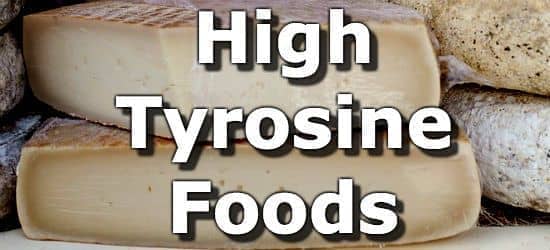
Tyrosine is a conditionally essential amino acid involved in creating brain signaling molecules such as dopamine, and stress hormones like norepinephrine (noradrenaline), and epinephrine (adrenaline). (1)
Tyrosine is conditionally essential since it can be made by the body if a person consumes enough of the amino acid phenylalanine. (2) People suffering from Phenylketonuria typically take tyrosine supplements since they cannot consume phenylalanine. (3) Note that many high tyrosine foods also contain phenylalanine and so are not a good substitute.
High tyrosine foods include beef, pork, fish, chicken, tofu, milk, cheese, beans, seeds, nuts, and whole grains.
The reference dietary intake (RDI) of phenylalanine and tyrosine is 25mg per kilogram of body weight or 11mg per pound. (4) Assuming a person gets half their requirement from each amino acid, a person can then consume 12.5mg per kg or 5.5mg per pound. As such, a person weighing 70kg (~154 pounds) should consume around 875mg of tyrosine per day, and this is the amount used to calculate the reference dietary intake (RDI). If you only plan to consume tyrosine, and no phenylalanine, you should double the RDIs.
Below is a list of the top 10 foods highest in tyrosine, for more high tyrosine foods see the extended list of tyrosine rich foods.
-
 1. Beef (Skirt Steak)
1. Beef (Skirt Steak)
Tyrosine
per 6oz SteakTyrosine
per 100gTyrosine
per 200 Calories2174mg
(248% RDI)1279mg
(146% RDI)954mg
(109% RDI)More Red Meat High in Tyrosine
- 116% RDI per 3oz lamb roast
- 112% RDI pe 3oz of beef stew
- 103% RDI per 3oz of beef chuck roast
- 93% RDI per 3oz buffalo steak
- 76% RDI per 3oz beef hamburger
See all meats high in tyrosine.
-
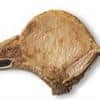 2. Lean Pork Chops
2. Lean Pork Chops
Tyrosine
in a 6oz ChopTyrosine
per 100gTyrosine
per 200 Calories2088mg
(239% RDI)1228mg
(140% RDI)1259mg
(144% RDI)More Pork Products High in Tyrosine
- 158% RDI per cup of roasted ham
- 100% RDI per 3oz of broiled tenderloin
- 98% RDI per 3oz of spare ribs
- 56% RDI per 3 slices (~1oz) of bacon
- 17% RDI per oz of canned ham (SPAM)
See all meats high in tyrosine.
-
 3. Fish (Salmon)
3. Fish (Salmon)
Tyrosine
per 6oz FilletTyrosine
per 100gTyrosine
per 200 Calories2052mg
(235% RDI)1207mg
(138% RDI)1547mg
(177% RDI)More Fish High in Tyrosine
- 196% RDI per 6oz tuna fillet
- 194% RDI per 7oz grouper fillet
- 173% RDI per 6oz snapper fillet
- 169% RDI per 6oz tilapia fillet
- 159% RDI per 6.5oz cod fillet
See all fish high in tyrosine.
-
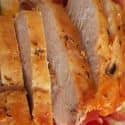 4. Lean Chicken Breast
4. Lean Chicken Breast
Tyrosine
in a 6oz BreastTyrosine
per 100gTyrosine
per 200 Calories1964mg
(224% RDI)1155mg
(132% RDI)1471mg
(168% RDI)More Poultry High in Tyrosine
- 260% RDI in a whole chicken leg
- 218% RDI per 6oz of ground turkey
- 168% RDI per cup of chicken breast (chopped)
- 156% RDI per 6oz of turkey breast
- 130% RDI in a single chicken thigh
See all meats high in tyrosine.
-
 5. Firm Tofu
5. Firm Tofu
Tyrosine
per CupTyrosine
per 100gTyrosine
per 200 Calories1767mg
(202% RDI)701mg
(80% RDI)974mg
(111% RDI)More Soy Foods High in Tyrosine
- 126% RDI per cup of tempeh (fermented tofu)
- 124% RDI per cup of boiled soybeans (edamame)
- 112% RDI per cup of natto
- 38% RDI per cup of soybean sprouts
- 25% RDI per cup of soy milk
-
 6. Milk
6. Milk
Tyrosine
per 16oz GlassTyrosine
per 100gTyrosine
per 200 Calories833mg
(95% RDI)170mg
(19% RDI)1000mg
(114% RDI)More Dairy High in Tyrosine
- 81% RDI per cup of non-fat yogurt
- 49% RDI per cup of plain (whole-fat) yogurt
- 47% RDI per cup of low-fat buttermilk
See all dairy products high in tyrosine.
-
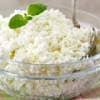 7. Low-Fat Ricotta Cheese
7. Low-Fat Ricotta Cheese
Tyrosine
per 1/2 CupTyrosine
per 100gTyrosine
per 200 Calories739mg
(84% RDI)596mg
(68% RDI)864mg
(99% RDI)More Cheese High in Tyrosine
- 78% RDI per 4oz of blended cottage cheese
- 65% RDI per oz of grated parmesan
- 55% RDI per oz of Swiss cheese
- 49% RDI per oz of provolone
- 47% RDI per oz of gouda
See all dairy products high in tyrosine.
-
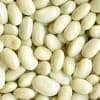 8. Large White Beans
8. Large White Beans
Tyrosine
per CupTyrosine
per 100gTyrosine
per 200 Calories490mg
(56% RDI)274mg
(31% RDI)394mg
(45% RDI)More Beans and Lentils High in Tyrosine
- 55% RDI per cup of lentils
- 54% RDI per cup of split peas
- 54% RDI per cup of red kidney beans
- 53% RDI per cup of navy beans
- 49% RDI per cup of black beans
See all beans and lentils high in tyrosine.
-
9. Squash and Pumpkin Seeds
Tyrosine
per 1oz HandfulTyrosine
per 100gTyrosine
per 200 Calories306mg
(35% RDI)1079mg
(123% RDI)376mg
(43% RDI)More Nuts and Seeds High in Tyrosine
- 41% RDI per oz of hemp seeds
- 31% RDI per oz of peanuts
- 23% RDI per oz of toasted sesame seeds
- 18% RDI per oz of sunflower seeds
- 18% RDI per oz of chia seeds
See all nuts and seeds high in tyrosine.
-
 10. Wild Rice
10. Wild Rice
Tyrosine
per CupTyrosine
per 100gTyrosine
per 200 Calories277mg
(32% RDI)169mg
(19% RDI)335mg
(38% RDI)More Whole Grains High in Tyrosine
- 38% RDI per cup of teff
- 27% RDI per cup of oatmeal
- 27% RDI per cup of kamut
- 21% RDI per cup of millet
- 21% RDI per cup of whole wheat pasta
- 19% RDI per cup of brown rice
See all whole grains high in tyrosine.
Printable One Page Sheet
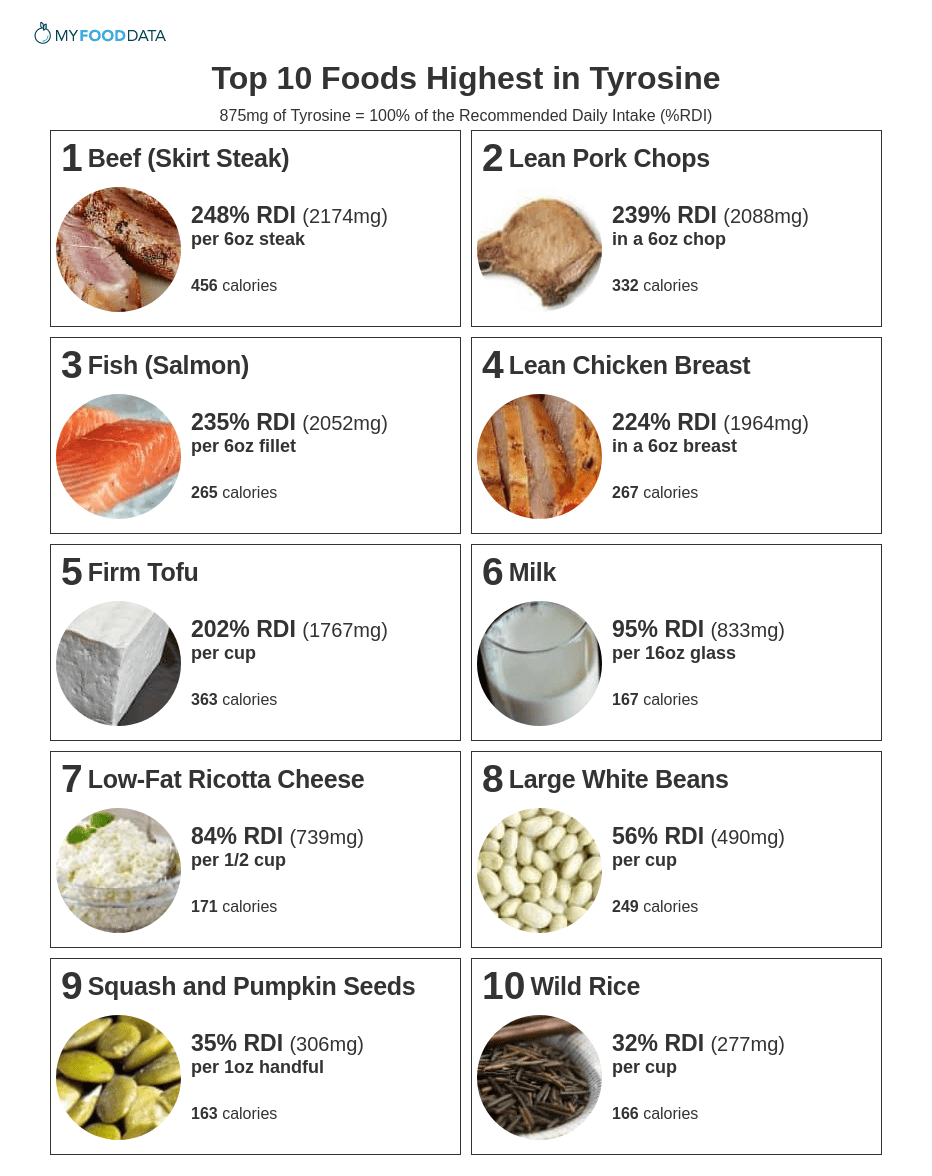
Even More Tyrosine Rich Foods
| Food | Serving | Tyrosine |
|---|---|---|
| 1. Canned Tuna | per 3oz | 87% RDI (762mg) |
| 2. Eggs | in 1 large egg | 29% RDI (257mg) |
| 3. Toasted Wheat Germ | per oz | 29% RDI (251mg) |
| 4. Sweet Potatoes | per cup mashed | 24% RDI (207mg) |
| 5. Spinach | per cup cooked | 23% RDI (203mg) |
| 6. Somen Noodles | per cup | 21% RDI (185mg) |
| 7. Green Peas | per cup cooked | 20% RDI (179mg) |
| 8. Sweet Corn | per cup cooked | 20% RDI (178mg) |
| 9. Okra | per cup cooked | 15% RDI (130mg) |
| 10. Baked Potato | per average potato | 13% RDI (114mg) |
| 11. Avocados | per avocado | 11% RDI (98mg) |
| 12. Whole Wheat (Bran) Bread | per slice | 10% RDI (91mg) |
| 13. Mamey Sapote | 1 cup chopped | 10% RDI (86mg) |
| 14. Kiwifruit | per Cup | 7% RDI (61mg) |
| 15. Cocoa Powder | per tblsp | 5% RDI (40mg) |
About the Data
Data for the curated food lists comes from the USDA Food Data Central Repository.
You can check our data against the USDA by clicking the (Source) link at the bottom of each food listing.
Note: When checking data please be sure the serving sizes are the same. In the rare case you find any difference, please contact us and we will fix it right away.
About Nutrient Targets
Setting targets can provide a guide to healthy eating.
Some of the most popular targets include:- Daily Value (%DV) - The daily value (%DV) is a general guideline for consumption that will prevent deficiency of a particular nutrient in most people. The %DV refers to the percentage of an amount that\'s found in a single serving of a food. It also accounts for absorption factors. It is set by the U.S. FDA.
- Recommended Dietary Allowance (%RDA) - The RDA sets an average daily dietary intake level that is sufficient to meet the nutrient requirements of nearly all (97.5%) healthy individuals. It\'s more specific than the daily value, and varies by age and gender. The RDA is set by the US National Institutes of Health.
- Reference Dietary Intake (%RDI) -The reference dietary intake is similar to the recommended daily allowance, but is specific to age and gender. The RDI for amino acids is set by the U.N. World Health Organization.
- Adequate Intake (%AI) - This value is primarily used in reference to omega-3 and omega-6 fats. The Adequate Intake is set by the U.S. Institute of Medicine. Because there is less evidence to determine the ideal targets for consumption of these nutrients, the specific amount is considered to be less reliable. Using the term Adequate Intake, rather than one of the other terms, helps to emphasize that the ideal intake of that particular nutrient has not yet been scientifically determined.
See the Guide to Recommended Daily Intakes for more information.
Want to set your own targets? Sign up for an account and set custom targets in the daily food log.From the Nutrient Ranking Tool
Use the ranking tool links below to select foods and create your own food list to share or print.
- Foods High in Tyrosine
- Foods Low in Tyrosine
- Vegetables High in Tyrosine
- Fruits High in Tyrosine
- Vegetarian Foods High in Tyrosine
- Nuts High in Tyrosine
- Grains High in Tyrosine
- Beans High in Tyrosine
- Dairy High in Tyrosine
- Breakfast Cereals High in Tyrosine
- Fast Foods High in Tyrosine
View more nutrients with the nutrient ranking tool, or see ratios with the nutrient ratio tool.
Related
- Amino Acid Protein Calculator
- High Phenylalanine Foods
- High Valine Foods
- High Cysteine Foods
- High Methionine Foods
- High Threonine Foods
- High Leucine Foods
- High Tryptophan Foods
- High Protein Foods
- Vegetables Highest in Protein
- Fruits Highest in Protein
- Cheeses Highest in Protein
- Beans and Legumes Highest in Protein
Data Sources and References
- Pubchem on Tyrosine
- An Overview of Phenylalanine and Tyrosine Kinetics in Humans. J Nutr. 2007 Jun; 137(6 Suppl 1): 1549S–1575S.
- Medline Plus on Phenylketonuria
- World Health Organization (WHO) Technical Report Series – Protein And Amino Acid Requirements In Human Nutrition ISBN 978 92 4 120935 9
- U.S. Agricultural Research Service Food Data Central
Try the recipe nutrition calculator, or daily meal planner.
Create a free account to log and track foods.

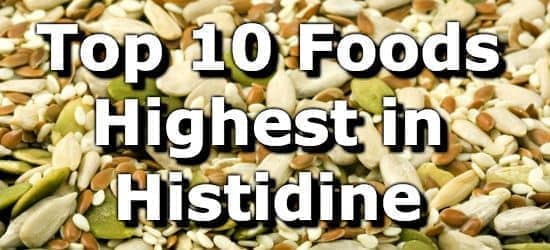 Next ➞
Next ➞